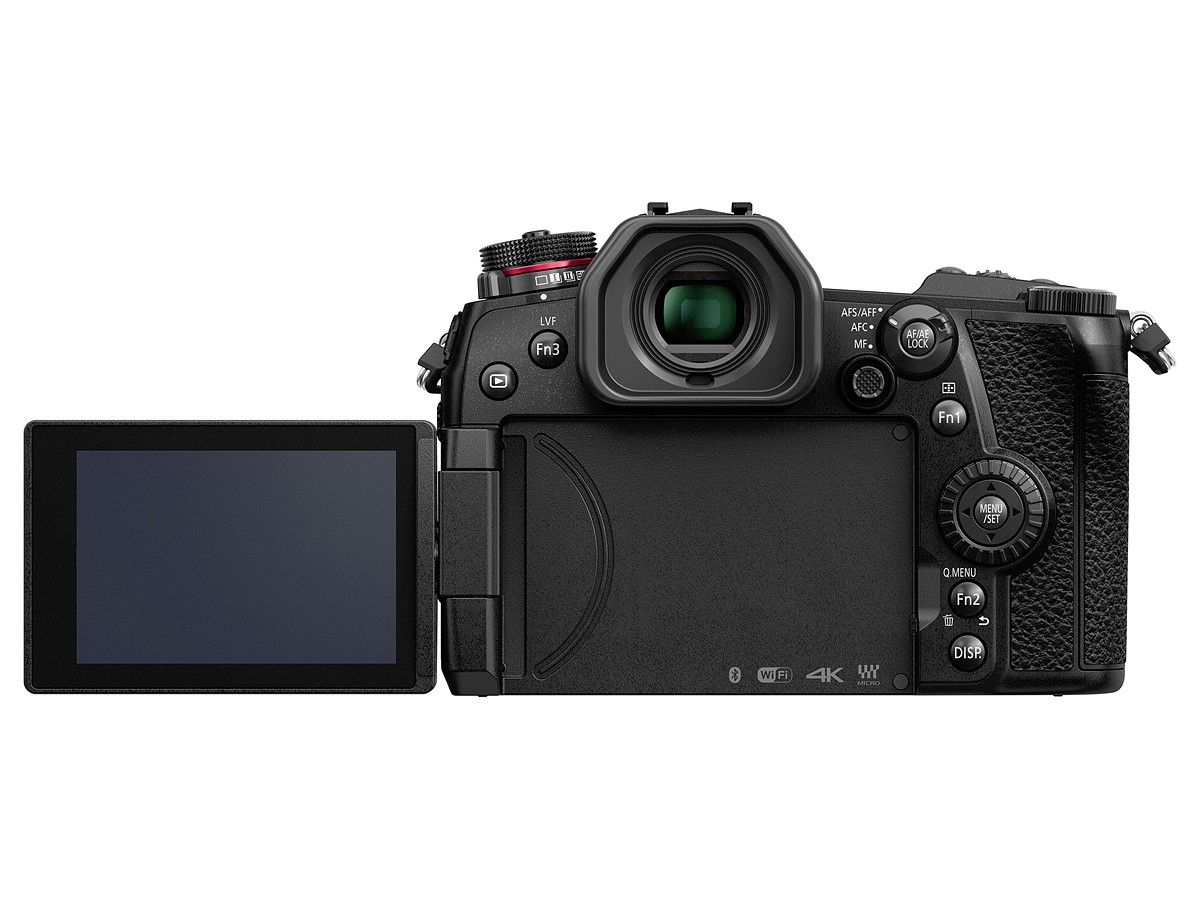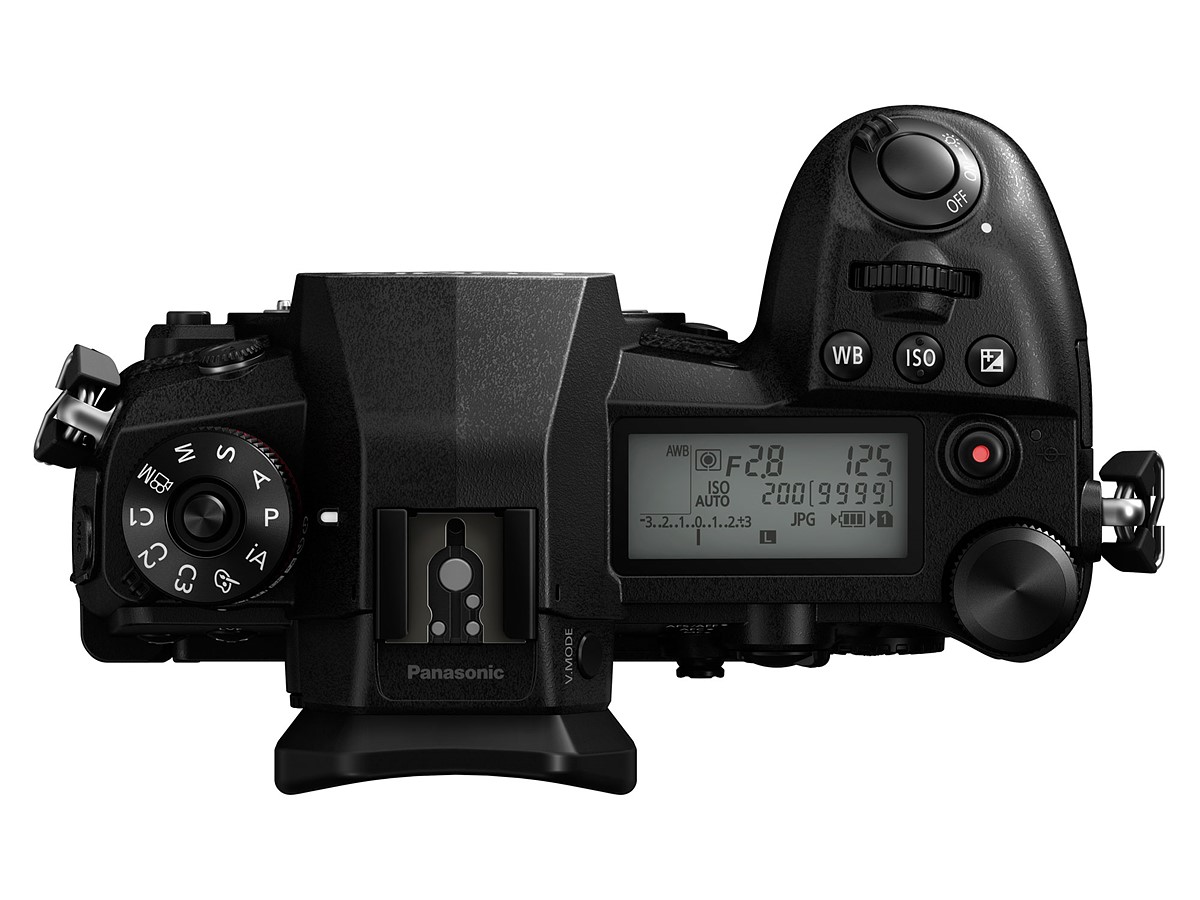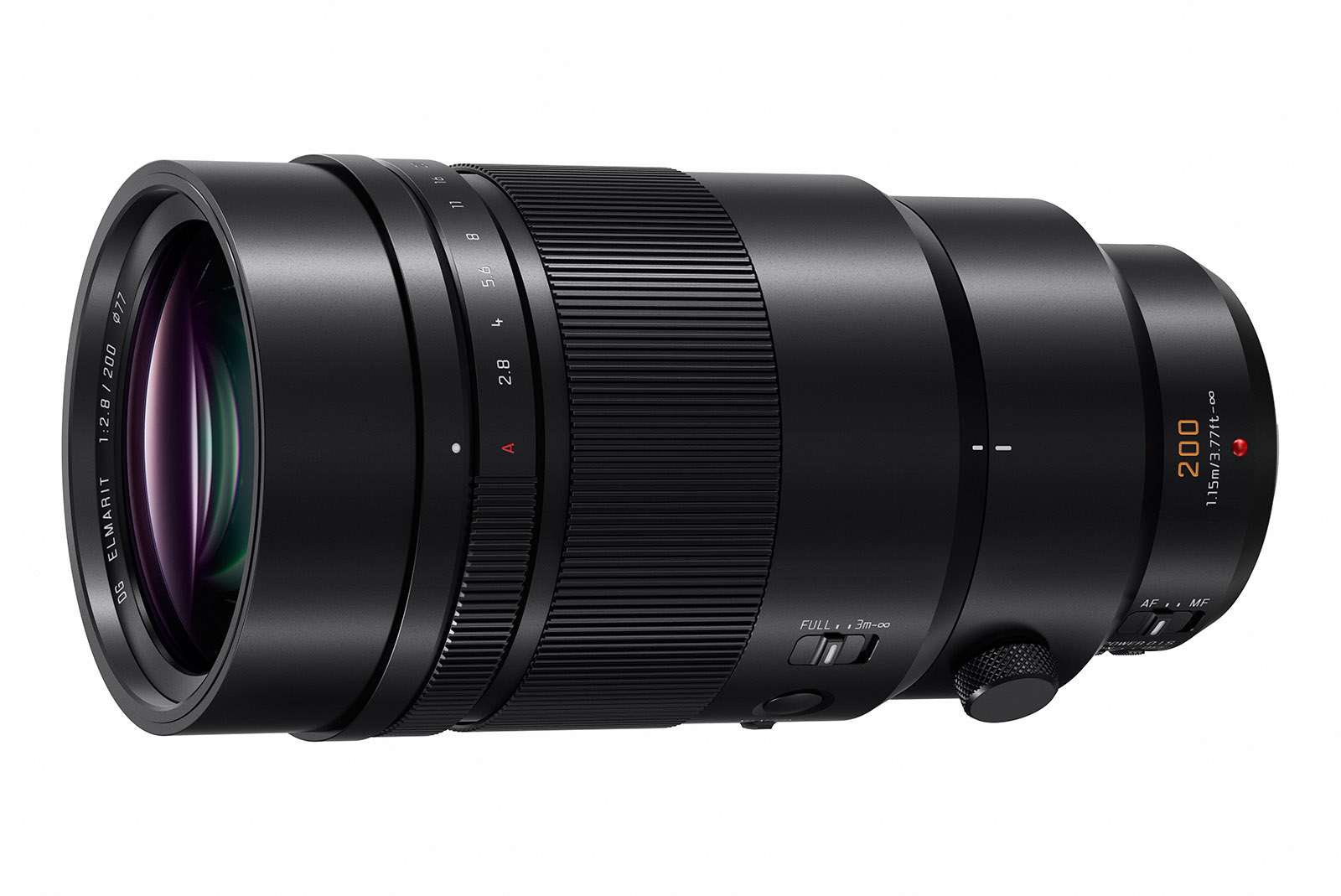The 10-bit, 4K GH5 video powerhouse is Panasonic’s most famous camera, and now it’s trying to bring that mojo to its new photography flagship. The Lumix G9 uses the GH5’s 20.3-megapixel sensor without a low-pass filter, and has a restyled, slimmed-down, dust-proof and splash-proof magnesium alloy body better suited to still than video photography. While it also does 4K at 60fps like GH5, its signature feature is an 80-megapixel photo mode, created by taking up to eight separate images.
“The G9 is a flagship camera with a very different body,” Panasonic’s Dan Unger told Engadget during a conference call. “It’s representing a new era for Lumix as an imaging brand. We’ve been known as a video camera manufacturer … but photography is the main focus for this system.” That body includes plenty of manual dials and knobs, making it easier to adjust the aperture, shutter speed and other settings.
Panasonic tuned the GH5’s sensor for the G9 for better AF speed and performance. As a result, the autofocus is as fast as 0.04 seconds under certain conditions, and Panasonic claims that “with its high-tracking performance … the Lumix G9 does not lose the target subject.” The system still uses Panasonic’s DFD contrast autofocus system, however, which some video users in particular have found to be finicky for continuous focus on the GH5.

The G9 can shoot in full, 20.3-megapixel burst mode at a stellar 60 fps in AF-S mode (fixed focus), and up to 20 fps in continuous AF-C using the electronic shutter. In those modes, you can capture up to 50 RAW or JPEG images, and if you need more, you can switch to the 6K/4K Photo mode for lower-resolution capture. Using the mechanical shutter, you can capture up to 9 fps with continuous AF for up to 600 JPEG, or 60 RAW files.
You’ll also get an improved 5-axis in-body stabilization that gives up to 6.5 extra stops of brightness, with 1/8,000th of a second mechanical shutter and up to 1/32,000th of a second electronic shutter. It packs an all-new, 3,680 dot electronic OLED viewfinder (EVF) with a big 0.83 times magnification and a 120 Hz maximum refresh. “No blackouts occur even in high-speed burst shooting,” Panasonic says.

As for the 80-megapixel “high resolution mode,” it gives you a 10,368 x 7,776 image by “marrying eight consecutively shot images while shifting the sensor,” says Panasonic. This works in RAW or JPEG mode, and is obviously intended for landscape, art, product or other types of still photography — not sports.
Specs aside, Unger said that the G9 offers “the highest picture quality in a Lumix camera to date, with the smoothest gradation of colors, and correct and natural skin tones.”
On the video front, the Panasonic G9 can do 4K at 60 fps, but unlike the GH5, it can’t do 10-bit video with up to a billion colors. Instead, it does 4:2:0 8-bit at a decent 150Mbps data rate. That should be fine for the photographers in its intended market, who will likely just use video from time to time. As always with such things, however, it’s annoying to think that Panasonic could probably enable the feature via hardware or software, but would cannibalize the GH5 if it did so.

Wrapping up the feature set is a 3.0-inch free-angle touchscreen LCD with 1080K dot resolution, dual SD memory card slots with UHS-II compatability, an autofocus joystick, and Bluetooth 4.2 and WiFi connectivity. Panasonic also introduced a lightweight, 200mm Elmarit f/2.8 Power OIS lens (35mm optical equivalent to 400mm) for $3,000/£2,699 with a 1.4x teleconverter. An optional 2x teleconverter will cost $600.
That takes us to the price. Unlike the higher cost some had feared, the G9 will retail for a reasonable $1,700/£1,499 (body only), quite a bit less than the $2,000/£1,700 GH5. The camera, lens and all accessories including the $350 battery grip, will be available in early January of 2018.
